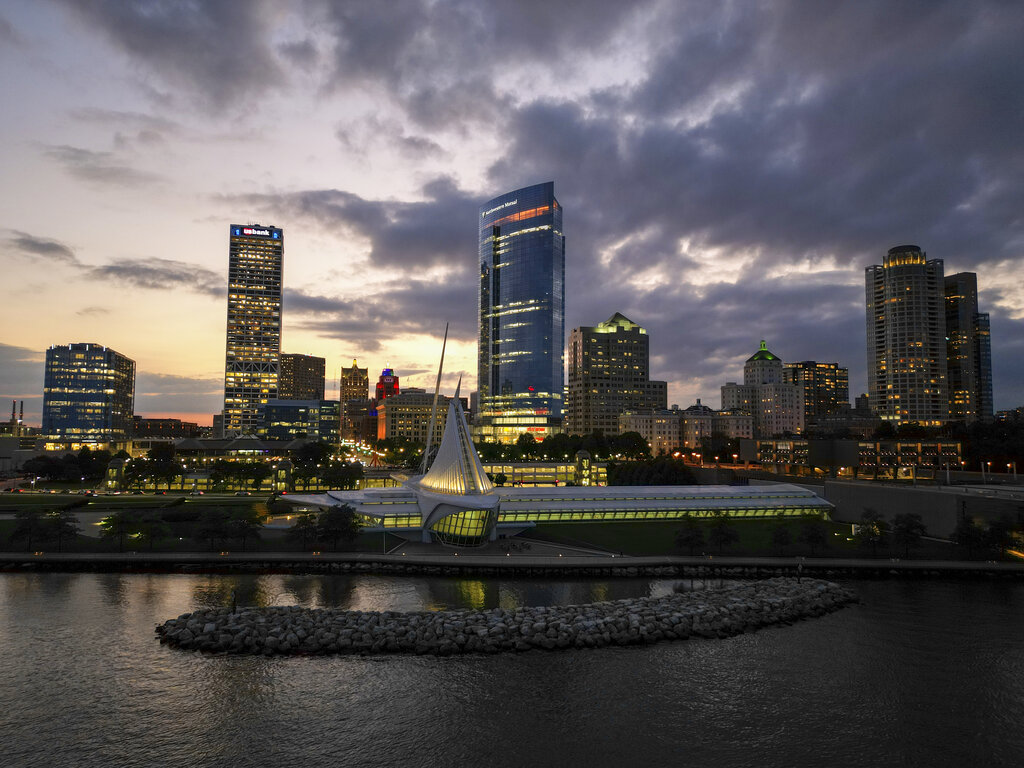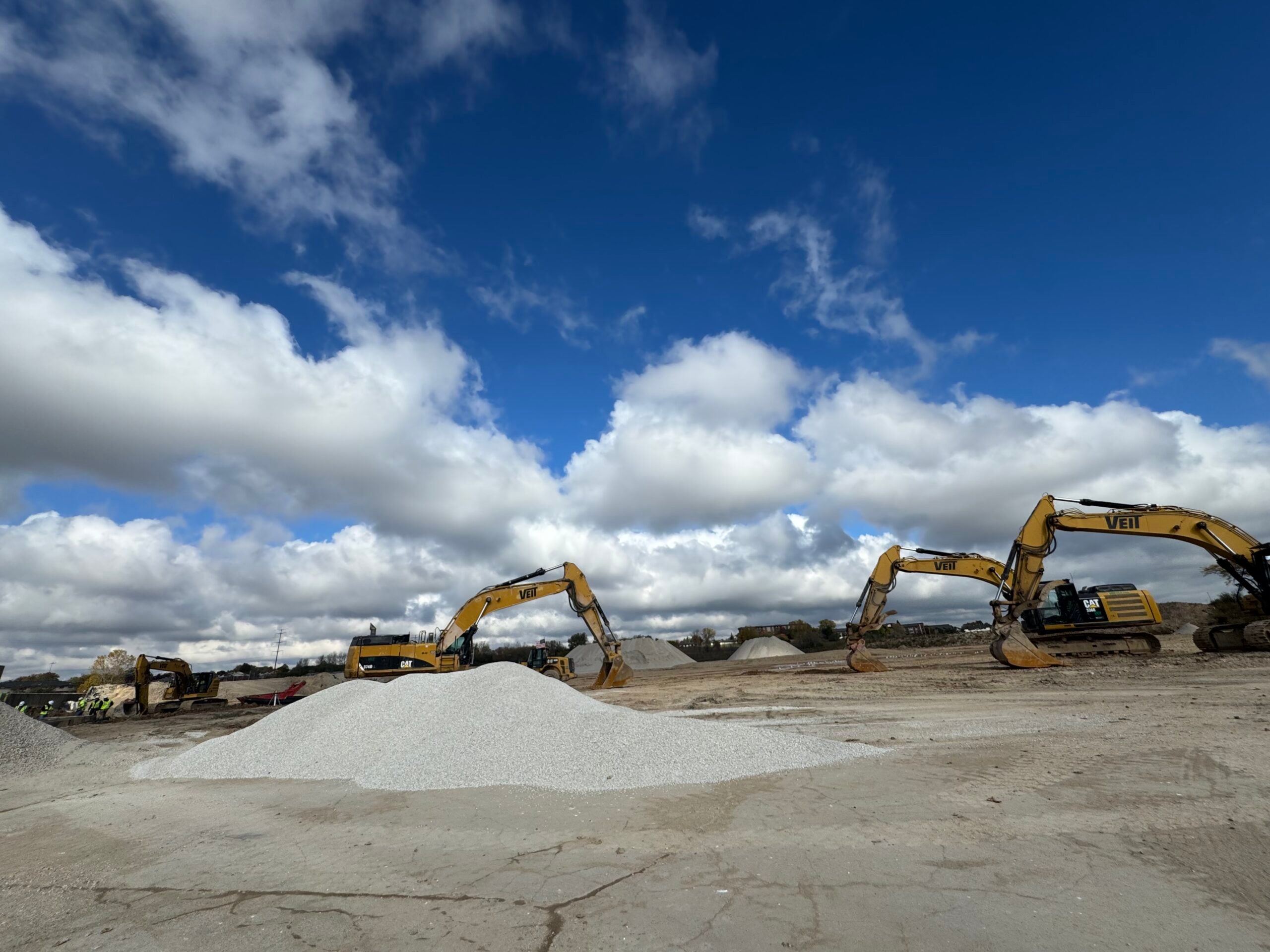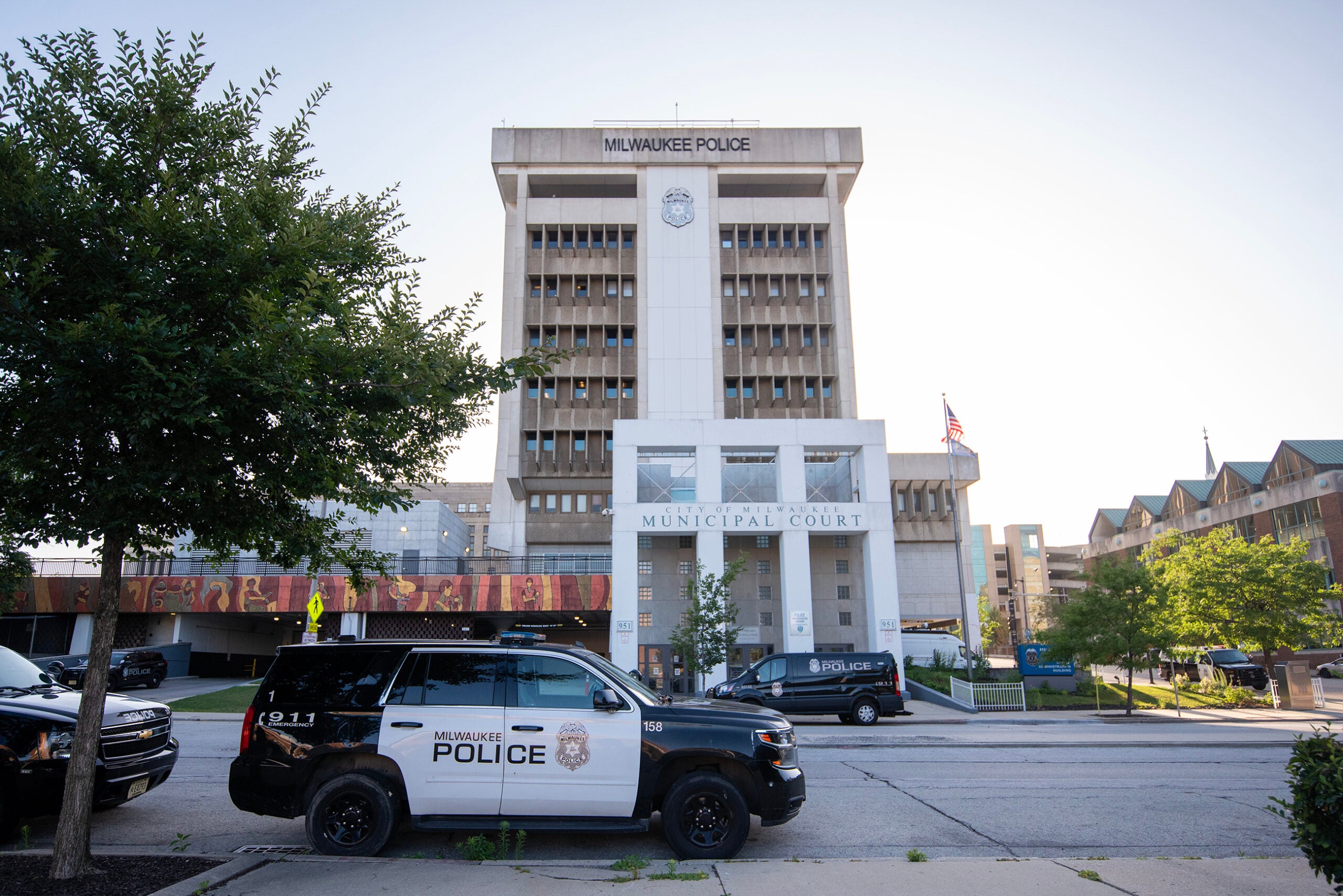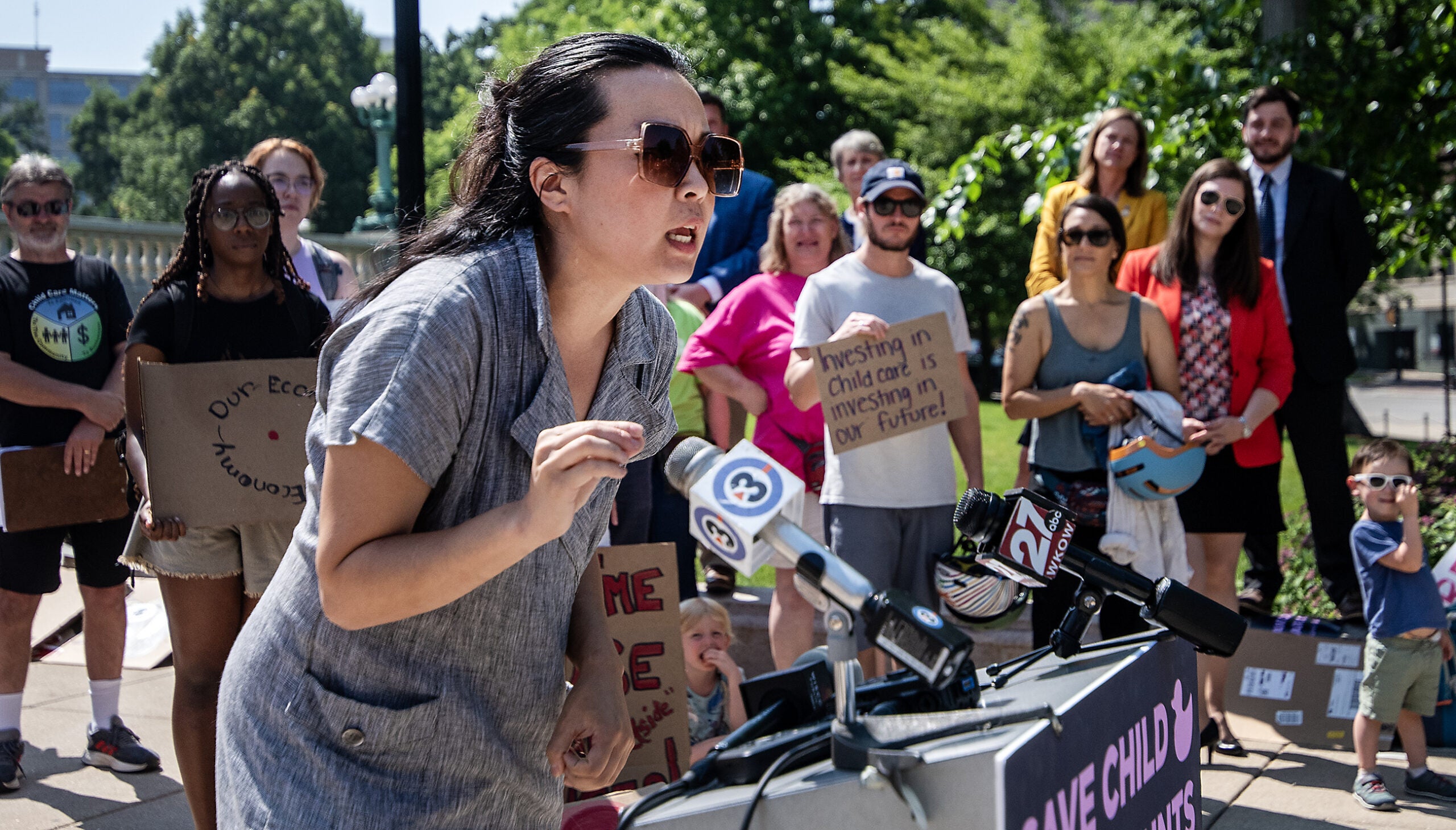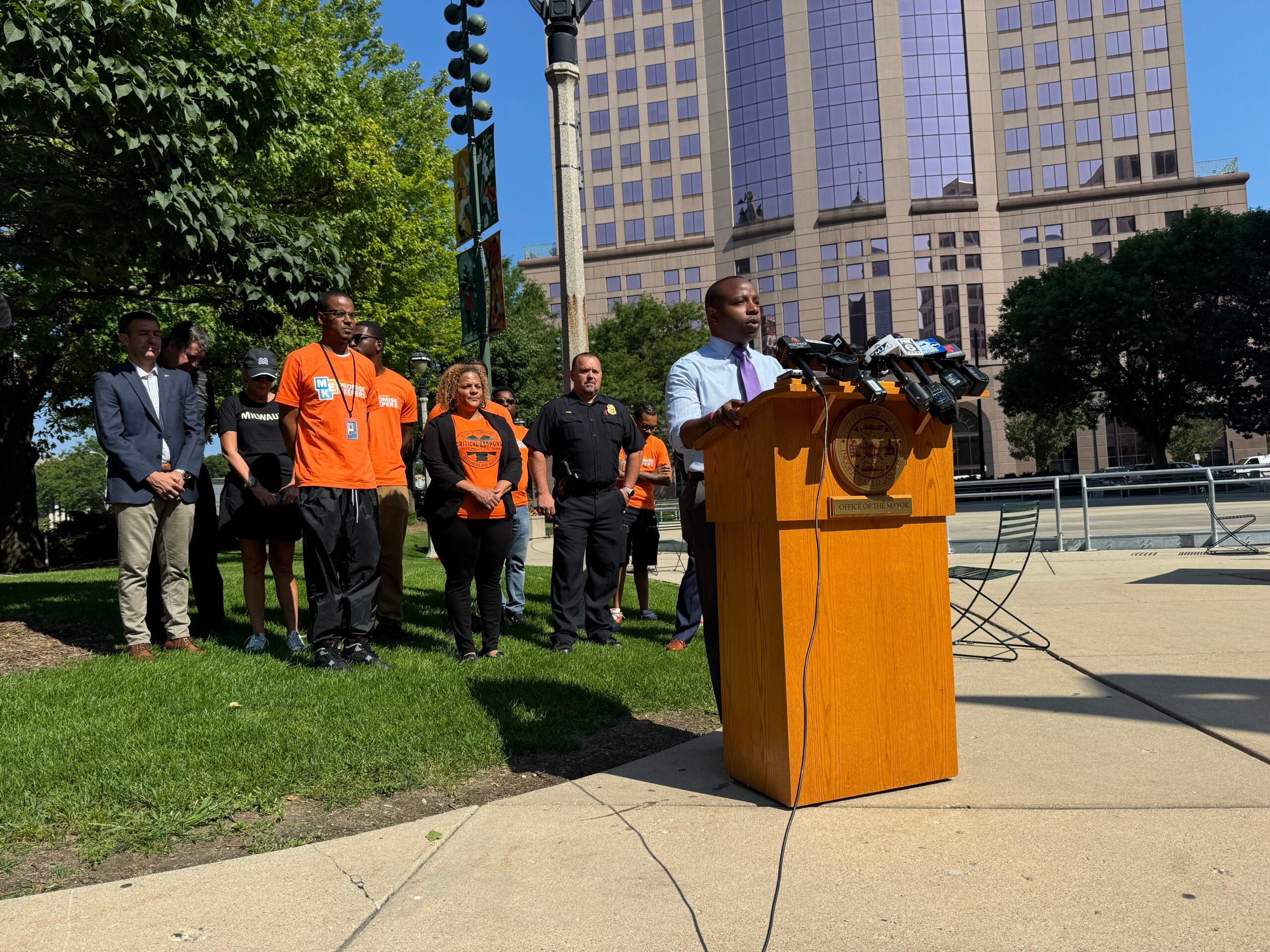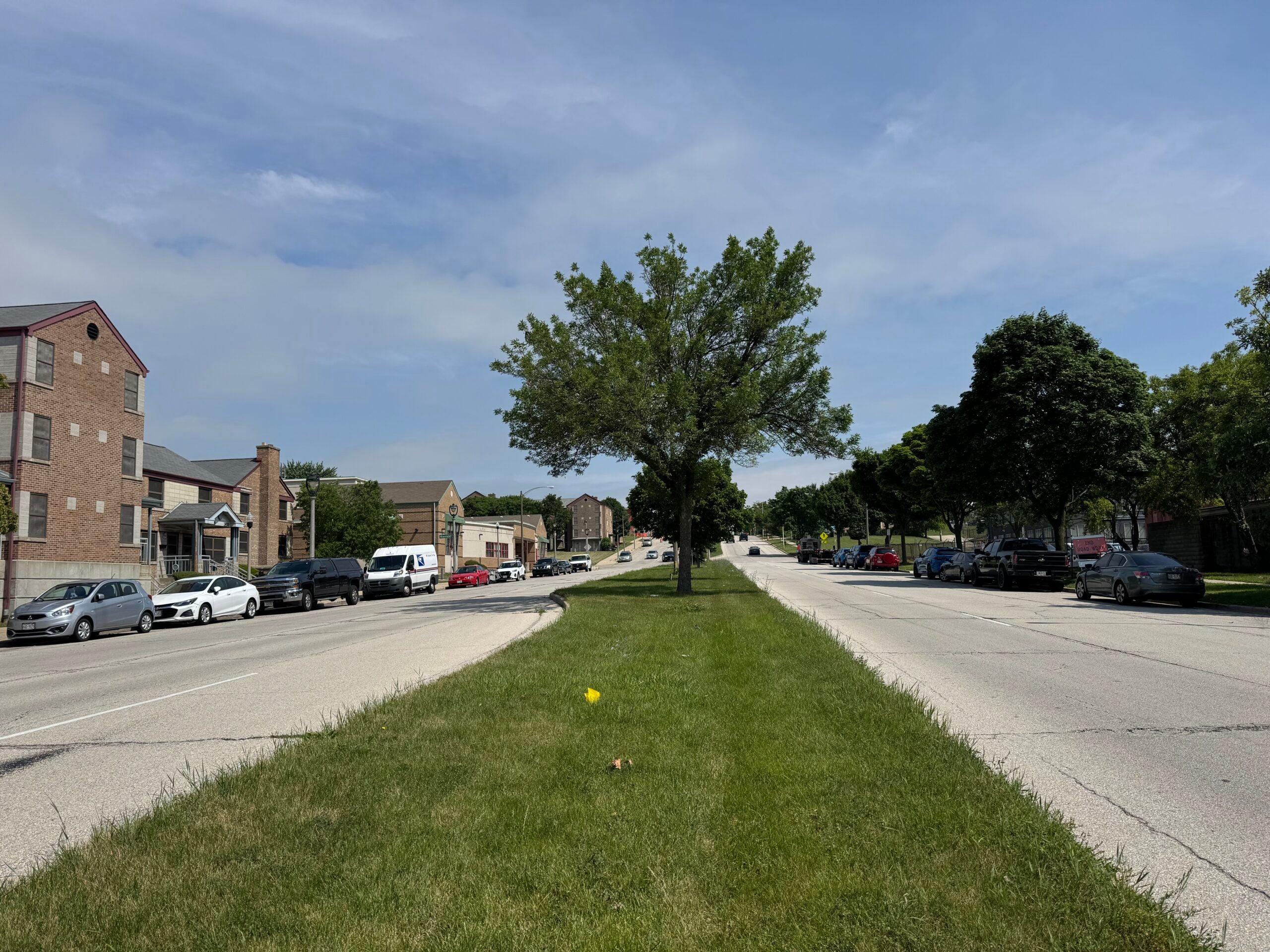As a kid, Milwaukee Mayor Cavalier Johnson was infatuated with the forest green population signs along the side of the road at Milwaukee’s borders.
He’d often study the numbers on the signs while riding on the school bus. But over the years, he noticed as the population number on that sign ticked down.
Now, as mayor, one of Johnson’s main goals is to increase the city’s population to 1 million residents. It’s a lofty goal, but it’s one he said he believes is achievable.
News with a little more humanity
WPR’s “Wisconsin Today” newsletter keeps you connected to the state you love without feeling overwhelmed. No paywall. No agenda. No corporate filter.
The final population for Milwaukee based on the 2020 Census was 577,222, a decrease of 17,611 people from the count a decade earlier. That’s the lowest number of people living in the city since 1930.
The city likely could have reached 1 million residents if population trends in the early 20th century continued. Instead, the city’s population is now about 22 percent lower than it was at its peak in 1960.
“I, as mayor, want to see this growth,” Johnson said. “I want more people to be a part of this community. I want there to be more family supporting jobs. I want more people to celebrate this city that all of us love.”
“My thought is we should be ambitious about this, we shouldn’t simply nibble around the edges and try to remain a city of 600,000 people or so — we should be trying to grow the city,” Johnson added.
In order to achieve the goal, Johnson said he’s trying to put in place policies to attract economic growth and stability in neighborhoods. On the top of that list is updating the city’s zoning code to allow for more density.
“Looking to that 1 million number really would put us in a position where we would be more than just a city that’s a whisper,” he said. “We would be a part of the conversation with some of the other major metropolises across the country that are growing. I want Milwaukee to be in the mix.”
Even with the goal, there were more deaths than births for the second straight year in Wisconsin last year, according to U.S. Census Bureau numbers.

Years of population decline
At its peak, the city had a population of 741,324 in 1960. At that time, it was the 11th largest city in the nation.
Today, Milwaukee is the 30th largest city in the nation.
White flight — or white residents moving out of urban areas — severely impacted Milwaukee and other similar cities starting in the 1960s.
“The migration of city dwellers to the suburbs that began with the automobile was accelerated by massive freeway development in the 1950s and the development of newer, larger housing options in outlying areas,” a city population report said. “Smaller family size, loss of manufacturing jobs, and other factors exacerbated the loss of population in the city.”
But even as the population in the city has declined, the total gross domestic product from the greater Milwaukee area has continued to rise.
Milwaukee was one of the few Midwestern “Rust Belt” cities that actually grew in population from 2000 to 2010. But the loss of about 17,000 residents in the last decade could also be reversed, as city officials have challenged the 2020 census. The city’s department of administration estimated the 2020 census undercounted the population by around 16,500 people.
John Johnson is a research fellow at the Lubar Center for Public Policy Research and Civic Education at Marquette University Law School. He said lower birth rates in Milwaukee has led to the decline. Johnson also said the north side of the city, which has high numbers of Black residents, is seeing declines in population — likely due to high rates of poverty and low employment options.
“It’s clear that for many of Milwaukee’s Black residents who are able to leave, that they do so,” John Johnson said. “The city has to solve that and that’s really a regional issue.”
How to get to 1M
Mayor Johnson said he believes the city can achieve the 1 million goal by changing the zoning code to allow for more density, adding economic opportunities and increasing public transit options.
“I can tell you when you have good and reliable public transportation, it creates nodes of economic opportunity,” Johnson said. “Changing our zoning to accommodate for that, to allow for more density, I think is going to be a key in doing that.”
Johnson said the East-West Bus Rapid Transit is expected to begin service later this year. That bus line will connect major employment centers throughout the city and county.
Johnson also wants to bring more family supporting job opportunities to the city. Milwaukee has recently seen an uptick in companies creating new offices in the downtown area, or increasing their footprint there. That’s bringing more workers back to the city’s central hub and driving economic growth for the city.
Northwestern Mutual announced a recent plan to move nearly 2,000 employees back to downtown Milwaukee in the next three to five years, redesigning an older building in the process. Other companies, including Kohl’s, SoftwareONE, Miller Electric Mfg, the American Heart Association, CBRE Group, Inc. and Potawatomi Business Development Corp. have also announced similar plans.
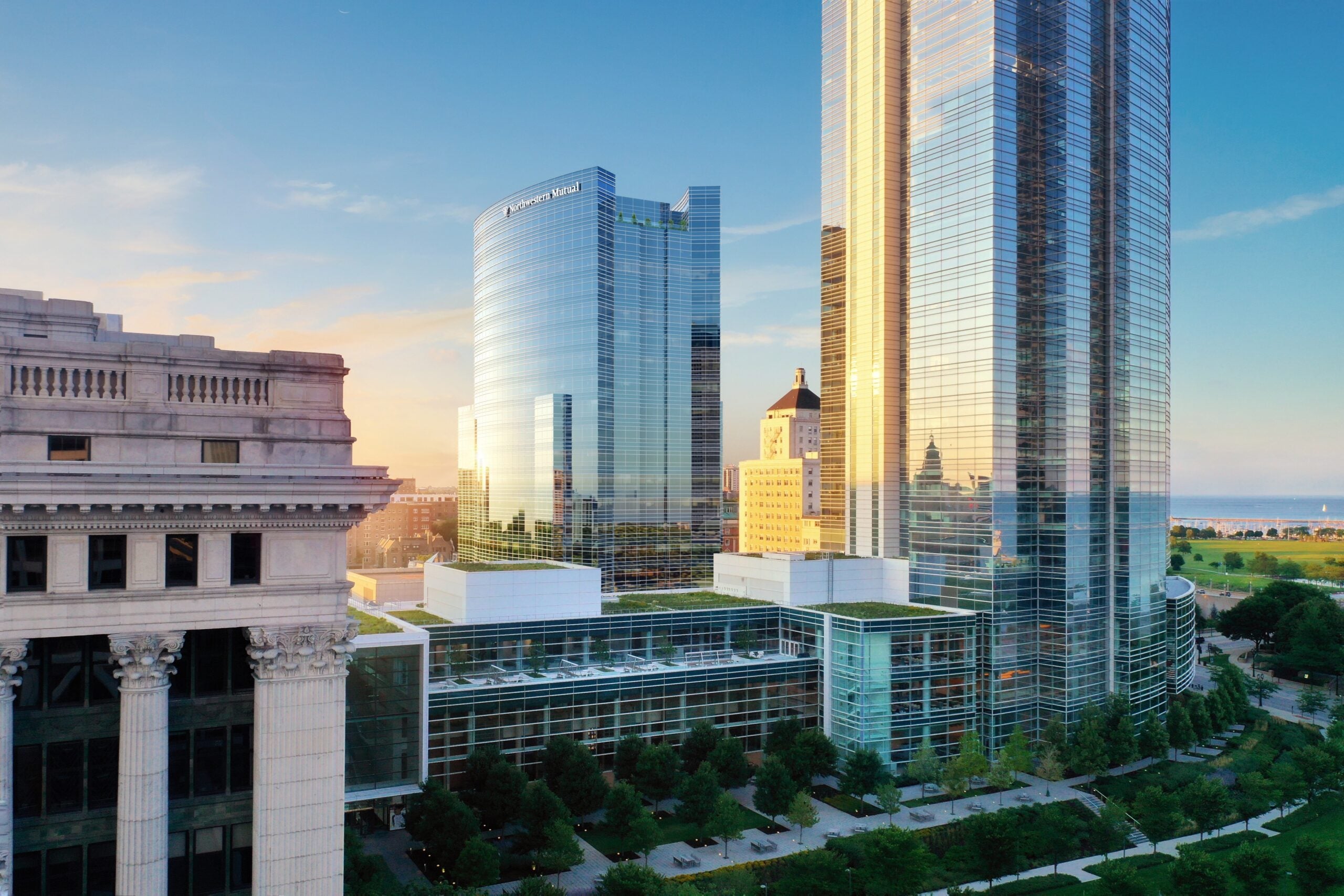
Johnson said he’s been “laser focused” on raising the city’s population ever since he was an alder for the Milwaukee Common Council. He would also like to create more affordable housing options, which has been a goal for the city, and state, in recent years.
John Johnson said the city should be focused on constructing more homes, as well as increasing population by attracting immigrants to the city.
“To the extent that a city can encourage immigration, refugee resettlement, these kinds of things, that’s a good way to grow your population,” John Johnson said. “But the city doesn’t have a lot of control over immigration policy, which is set by the federal government.”
Mayor Johnson said the city is becoming a safer place to live in, as millions of dollars have been spent to address reckless driving. And while Milwaukee broke its homicide record for the third year in a row last year, Johnson said violent crime in the city is down.
“We’re headed in the right direction,” Johnson said.
Wisconsin Public Radio, © Copyright 2026, Board of Regents of the University of Wisconsin System and Wisconsin Educational Communications Board.
